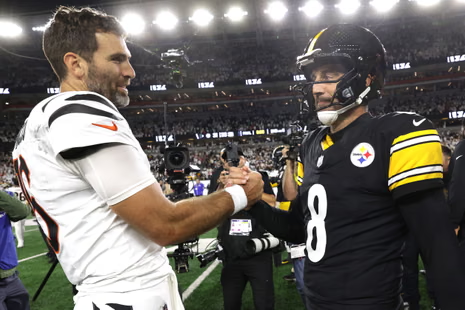In the midst of winding down, I played SNK’s Fatal Fury 2 and mused its gameplay.
The game immediately impressed me with its vibrant graphics and fluid character animations. The controls felt responsive, allowing for satisfying combos and special moves. However, I noticed that the difficulty spikes could be challenging for newcomers, adding an extra layer of excitement to the experience.
To start off, although there is a smaller list of options on the fighter list, many of these characters have distinctive styles and personalities. SNK’s Fatal Fury 2 was one of the first to include a 2-way lane switch in battle between the foreground and background. The game also featured a more refined graphics engine compared to its predecessor, enhancing the visual appeal and character animations.
No matter which fighter a player selects, the story must progress against rivals around the world who partake in the King of Fighters tournament.
Terry Bogard, the protagonist of Fatal Fury, embodies the series with his bold, impulsive, and passionate vigor, along with his close-range combat skills. The King of Fighters tournament was originally organized by Geese Howard but was subsequently taken over by his half-brother, Wolfgang Krauser. After learning of Geese’s defeat, Krauser challenges Terry to determine who is the superior fighter.
Veterans and newcomers participate in this tournament, and each combatant has their own set of moves.
For instance, as part of the roster, participants pay tribute to their native countries:
- Terry Bogard — USA
- Andy Bogard — USA + Italy
- Geese Howard — USA
- Joe Higashi — Thailand
- Kim Kaphwan — South Korea
- Mai Shiranui — Japan
- Cheng Sinzan — Taiwan
- Laurence Blood — Spain
- Wolfgang Krauser — Germany
- Ryo Sakazaki (Bonus, Special) — Japan
Special moves can be activated and can include movements like forward, backward, down, or diagonal directions. Usually, a combination of attack buttons (like punch or kick) is used in conjunction with the directional inputs. When a player/opponent is near-death, they can channel a powerful ‘desperation move’ to salvage their health. These ‘desperation moves’ are used as a final attack, and if used effectively, can terminate the player and/or opponent.
Fatal Fury 2 also has a double K’O outcome if a bout proves to be unsuccessful, or can result in player defeat. Rounds consist of 2 matches usually, however, tiebreakers include an additional match to determine the overall winner.
Players can continue their game by inserting credits into their game systems, with each coin representing one credit. After a loss, they have the option to press the start button and resume from the last defeated opponent or the current stage. The number of credits is displayed on the screen, allowing players to manage their progress effectively.
Although, the primary focus in arcade games is often on survival and progressing through the game rather than just scoring.
Players can accumulate points based on their performance, such as defeating opponents or completing rounds. Many 90s arcade games allowed players to submit their highscores and input a set of initials to mark their place among rankings. This encourages competition among players and adds to the replay value.
While I was playing Fatal Fury I noticed how SNK was ahead of its time, especially when it came to in-game mechanics and character designs. One unique mechanic in Fatal Fury is the ability to move between different planes, allowing players to dodge attacks by side stepping into the foreground or background. This adds a strategic layer to the combat, as players must anticipate their opponent’s moves and decide when to shift planes to gain an advantage. Additionally, the game features a variety of interactive stages where environmental elements can be used to a player’s benefit or detriment.
My favorite characters to play were Wolfgang Krauser, the ‘Lord of Darkness’ who delivers fatal blows by the Stroheim Fighting System; Terry Bogard, the confident ‘King of Fighters’ with witty catchphrases; and Ryo Sakazaki, the ‘Invincible Dragon’ from SNK’s Art of Fighting, recognized for his karate-based attacks and bold design.
Krauser’s Stroheim Fighting System combines the power of Kampfringen and Pankration for devastating, forceful attacks, while Ryo Sakazaki’s Kyokugenryu Karate focuses on precision, balance, and calculated techniques. Terry Bogard’s fighting style is reminiscent of a rugged American street fighter, blending hard-hitting punches and dynamic kicks with a brawler’s instinct and flair. These sophisticated styles offer distinct play experiences: Krauser’s aggression suits fast-paced domination, Ryo’s methodical approach rewards strategic timing and defense, and Terry’s versatile style excels in both power and improvisation.
Fatal Fury featured a diverse array of fighters from various backgrounds, distinguishing it from other games that typically focused on regional characters. This strategy not only enhanced the game’s appeal, but also set a precedent for future franchises by highlighting character depth and diversity. As SNK developed its roster, it quickly emerged as a strong competitor to Capcom, leading to memorable crossovers like SNK vs. Capcom, where both companies explored fan preferences by having SNK artists draw Capcom characters and vice-versa. This friendly competition sparked innovation in both companies, ultimately shaping the fighting game genre for years to come.
Fatal Fury 2 was a groundbreaking title in the fighting game genre during the 90s, influencing arcade games since its release in 1992.

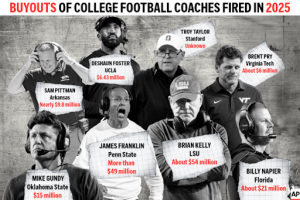





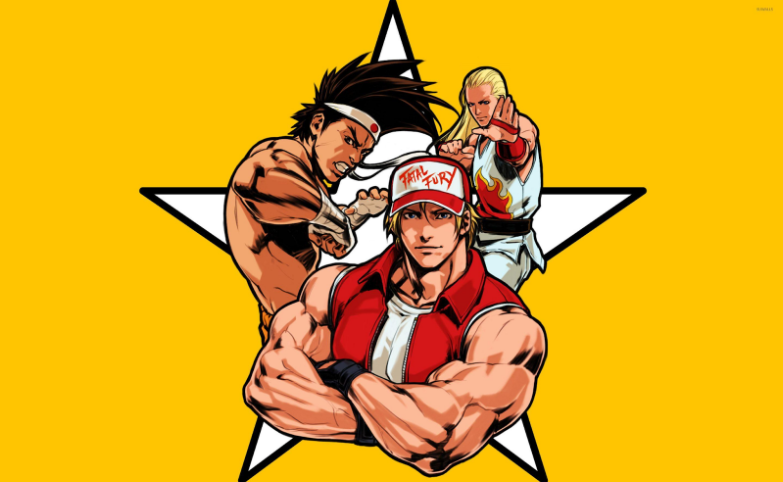
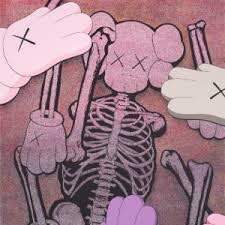

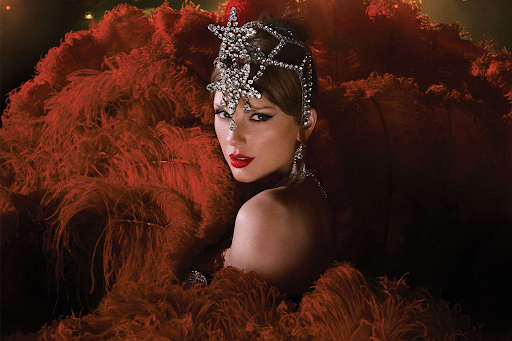
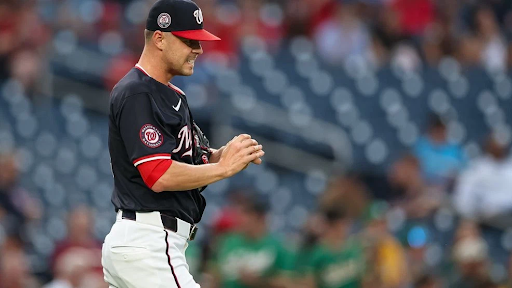

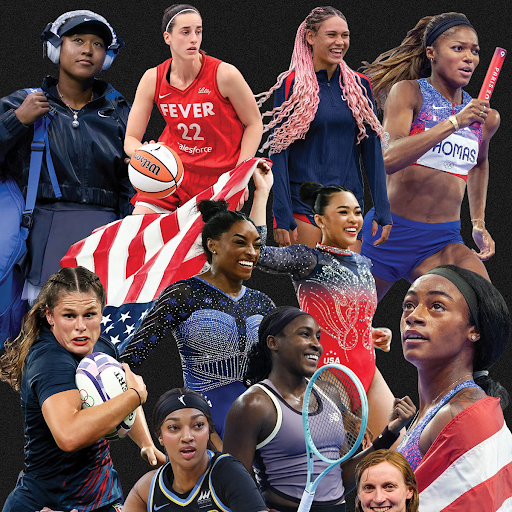
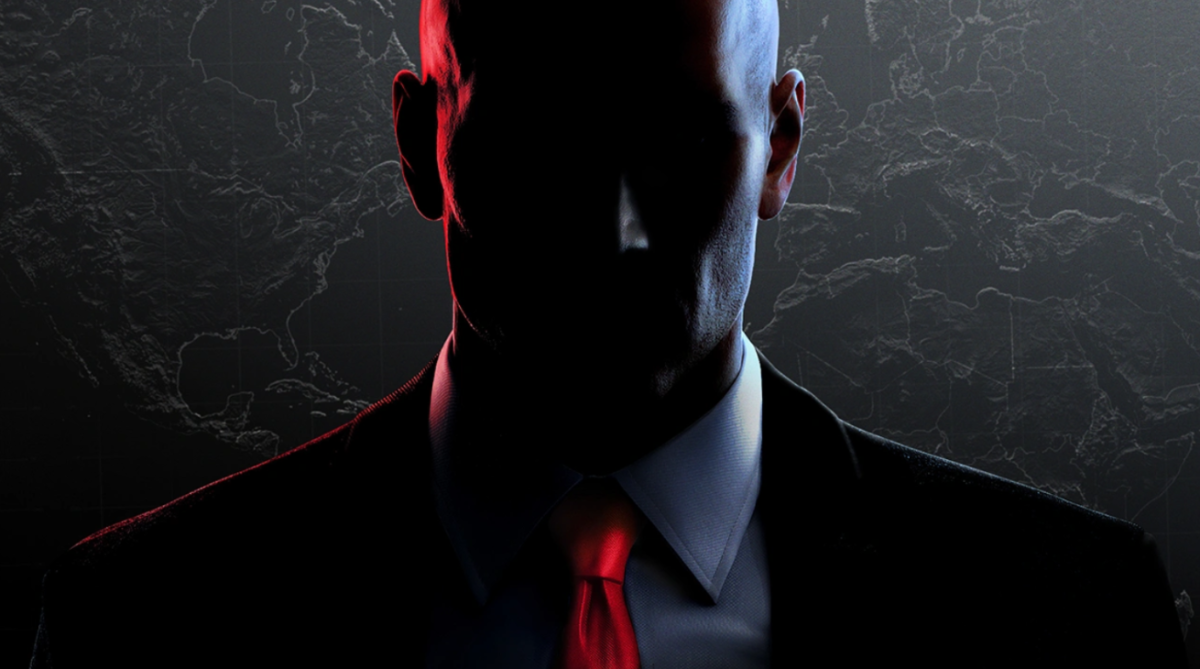

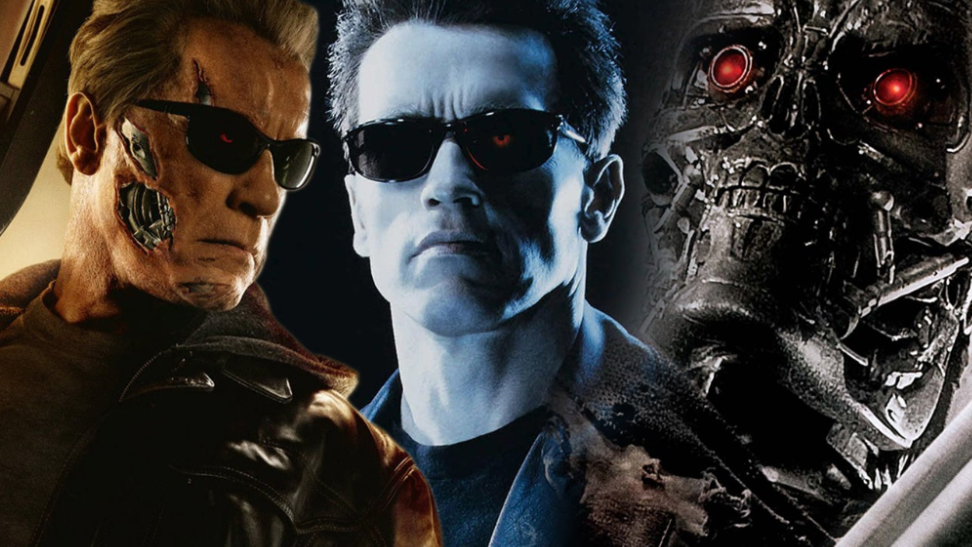

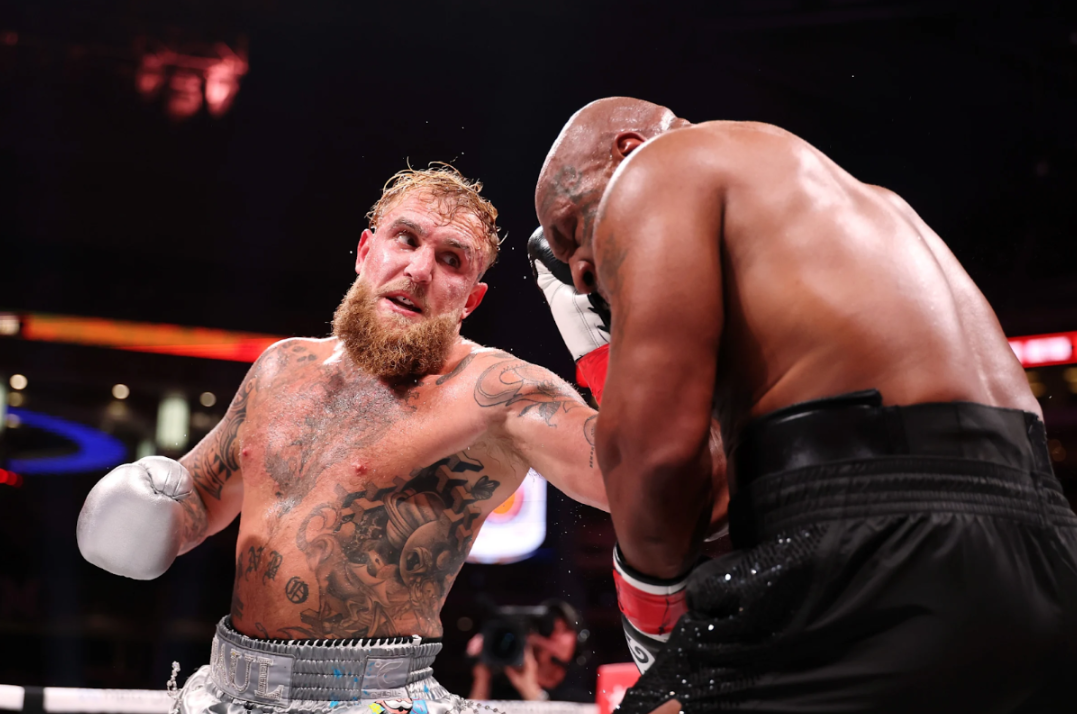
![JPEGMAFIA & Danny Brown — Scaring The H*es (Video-Game/Album Cover) [CENSORED]](https://www.southlakessentinel.com/wp-content/uploads/2023/12/SCARING-THE-H0ES-VIDEO-GAME-COVER-1200x802.jpg)
